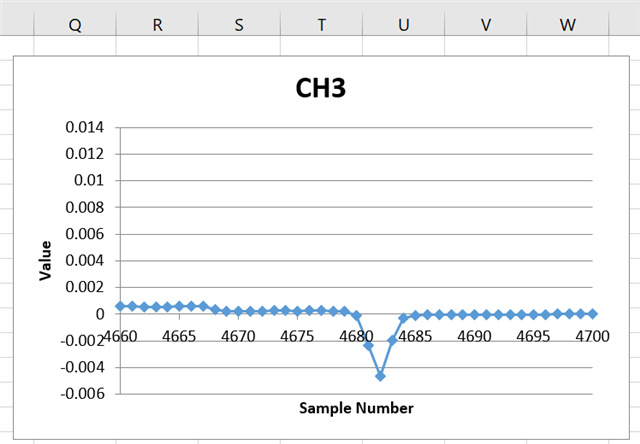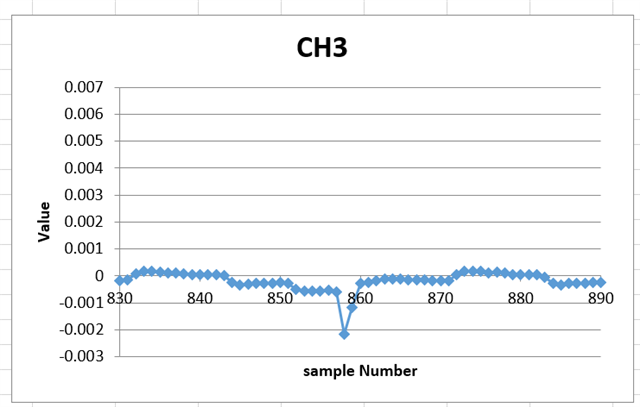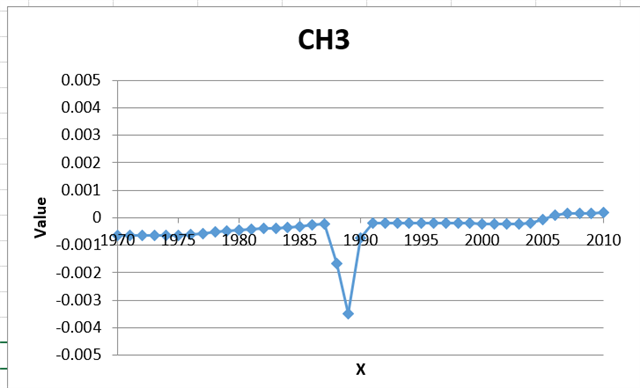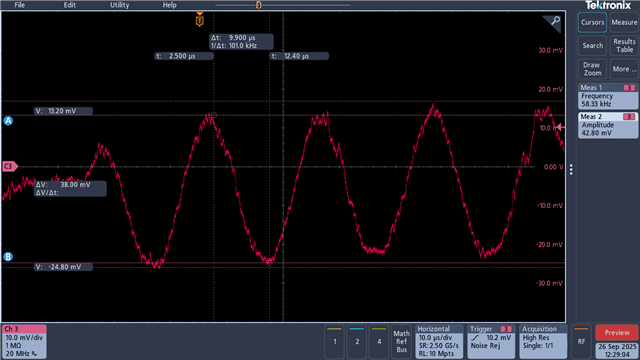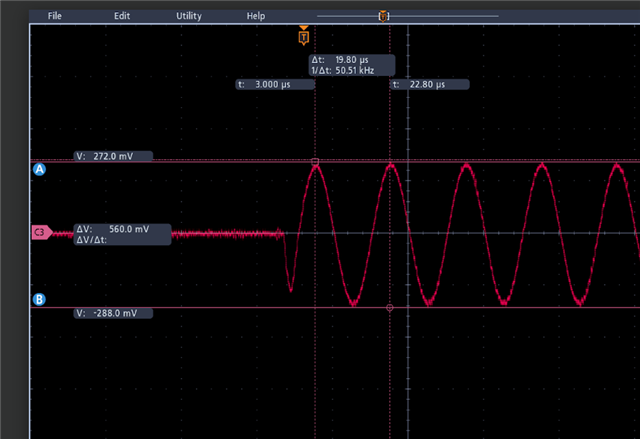Other Parts Discussed in Thread: ADS1299
Tool/software:
Hi,
We are using ADS1299 EVM in ECG measurement application. During the measurement we are applying 50kHz sine wave at every 150mS from a different device for the duration of 1mS.
We see a spike in the output at the beginning and end of the 1mS burst signal. We did measure the analog input at the ADC after the RC filter in the EVM. We could not see any spikes.
ADS all inputs negative channels are connected to a single reference input.
In the channels where the 50kHz signals are not fed, there are no spikes in those channels.
1. What could be the probable reasons for this spikes ?
We thought this could be because of the sinc3 filter settling time?
We did one experiment to see our understanding, we tried to capture the same waveform at different data rate - from 250SPS to 16kSPS.
We see at each data rate the spike remains 3 or 4 samples duration (so time is varying). If it is due to an analog spike /noise noise duration would have been fixed.
Is our understanding correct ? are there any fixes to this problem ?
I have attached the data collected from EVM and plotted in an excel. Please check the summary sheet for the sample number observed. and let us know your thoughts ?


